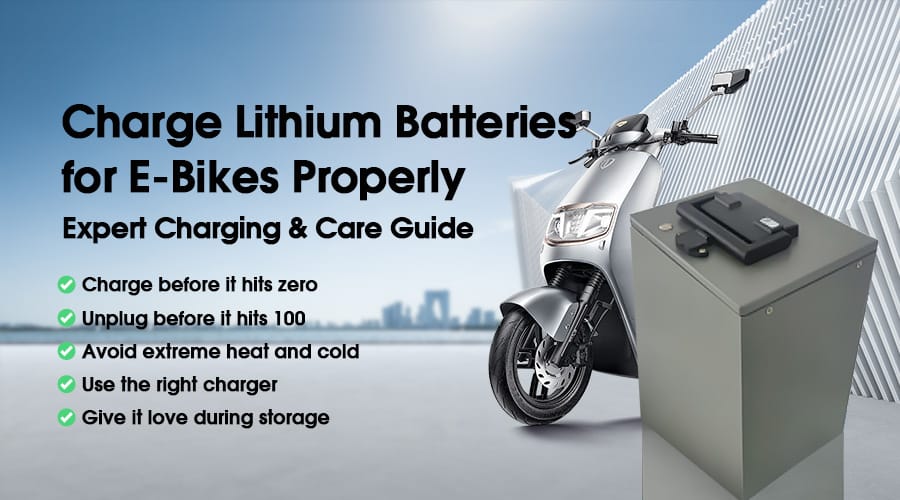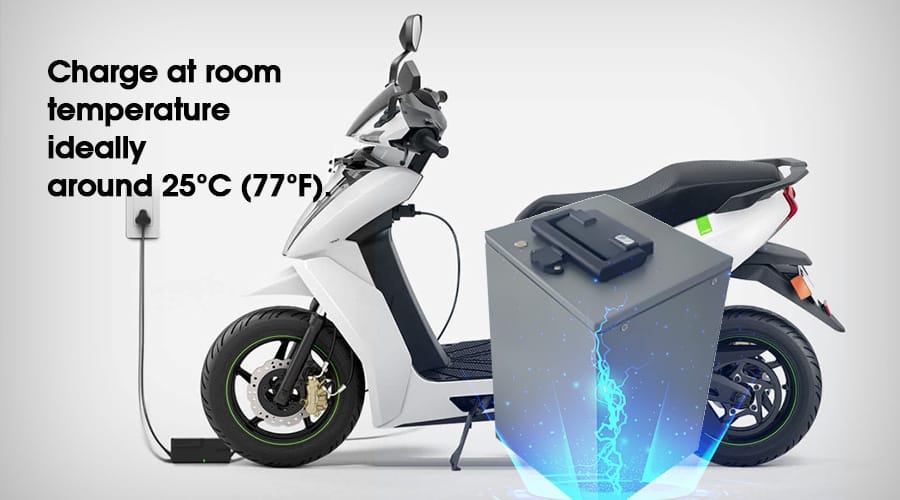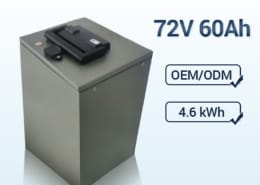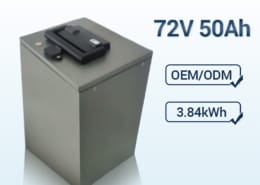How to Charge Lithium Batteries for E-Bikes Properly | Expert Charging & Care Guide
July 28, 2025 / Battery Expert Team / Safety & Maintenance
How to Charge and Maintain Lithium Batteries for E-Bikes: A Real-World Guide from the Factory Floor
If you’ve been riding an electric bike or scooter for a while, chances are you’ve had some battery questions. Maybe your range dropped faster than expected. Maybe your battery didn’t survive the winter. I’ve worked in a lithium battery factory for over 15 years, and I’ve seen it all—from breakthrough designs to avoidable breakdowns.
So today, I want to share what really works when it comes to electric bike lithium battery charging and care. Not theory. Not guesses. Just hard-earned experience that’ll help you extend the lifespan of your lithium battery—and keep your EV rolling smooth.

1.Lithium Batteries Have a Personality—Don’t Push Them Too Hard
Think of your lithium battery like a workhorse, not a superhero. It doesn’t like being drained to the last drop or stuffed full every time you plug it in. I’ve seen two riders with the same e-bike: one still had 90% capacity after three years, the other dropped to 70% in just two. The difference? One recharged at 30%, the other waited until the battery was nearly dead.
🎯 Pro tip: Start charging when your battery hits 20–30%, and unplug around 85–90%. This “partial charging” habit is the secret to battery longevity. Charging all the way to 100% or waiting till it’s at 5% stresses the battery. Every time.
This simple trick helps slow down lithium battery degradation and reduces the chance of swelling or voltage imbalance inside the cells.
2.Temperature Matters—A Lot More Than You Think
If you live in a hot place like Arizona or Texas, your device’s lithium battery needs some special protection. One delivery guy parked his scooter in the sun, then hit it with a fast charge. The battery swelled up like bread in the oven. Internal damage. Electrolyte leakage. Game over.
In cold climates like Minnesota or Detroit, it’s the opposite problem. A rider charged her scooter outside in -15°C, and it froze up. Literally. Lithium batteries don’t like extreme cold or heat.

🔧 Best practice:Charge at room temperature—ideally around 25°C (77°F).
In winter, warm the battery indoors before charging.
In summer, avoid charging after long rides or in direct sunlight.
Never charge below 0°C or above 45°C. Doing so can cause permanent damage or safety issues.Some high-end models have a built-in battery management system (BMS) to help manage temperatures, but most don’t. Therefore, you need to pay attention to this so that the lithium battery can be used for a longer period of time.
3.The Right Charger = Battery Lifesaver
Here’s where people really mess up. I’ve seen customers buy cheap third-party chargers online. They think, “A charger’s a charger.” But they’re wrong.
One customer bought a knockoff charger. After three uses, the battery swelled and fried the internal circuits. When we opened it up, we found unstable voltage output and wild current fluctuations.This causes the battery to deteriorate from the inside. This can lead to dangerous situations.
🚨 Tips for choosing a lithium battery charger:Always use the charger that comes with your battery—or one approved by your supplier.
For 48V batteries, a 48V charger with a rated current between 0.5C and 1C should be used (e.g., a 50Ah battery should use a 5A to 10A charger).
Avoid fast charging as your daily method. Use it only once or twice a month at most.
Never use a lead-acid charger for lithium batteries. They operate on different charge curves and can cause overcharging or explosions.Charging habits matter. Think of slow charging as a healthy meal. Fast charging is fast food—okay once in a while, not every day.
4.Long Break? Feed Your Battery First
One guy stored his e-bike in the garage all winter. When he came back 5 months later, the battery wouldn’t take a charge. That’s because lithium batteries self-discharge slowly over time. If left empty, the cells can drop below the safe voltage level and never recover.
📦 Storage rule of thumb:Charge the battery to about 50–60% before storing.
Disconnect it completely—don’t leave it plugged into the bike.
Recharge every 1–2 months to prevent deep discharge.
Store it in a dry, cool place (ideally between 15–25°C or 59–77°F).This is especially important for RVs, e-bikes, or mobility scooters you don’t use year-round. Treat your battery like a houseplant—it needs care even when you’re not using it.
5.Common Charging Myths That Just Won’t Die
Let’s clear up a few things I’ve heard from riders, forums, and even some dealers.
❌ Myth #1: “You need to charge a new lithium battery for 12 hours the first time.”
This was true for older NiMH or NiCad batteries. Not lithium. Your battery is already activated at the factory. Overcharging it the first time won’t help—and might hurt.
❌ Myth #2: “Fast charging ruins your battery.”
Not always. It depends how often. Emergency? Sure. Daily? Bad idea. Studies show that riders who rely on fast charging every day see faster battery wear—up to 20% more capacity loss per year.
❌ Myth #3: “The higher the current, the faster the charging, the better.”
Nope. The charger’s output (in amps) needs to match your battery’s capacity. If you go too high, you’ll overheat the cells. Always check the specs. Most UL-listed chargers have max current clearly printed.
6.Safe Charging Habits You Should Be FollowingDon’t leave your battery charging overnight.
Unplug once it’s full. Leaving it at 100% constantly (called float charging) wears it out faster.
Avoid moisture or metal contact near charging ports.
If the battery gets unusually hot or swollen—stop charging immediately and contact support.
Use chargers that meet safety certifications (UL, CE).
7.EV Battery Care for the Long Haul
With proper care, a good lithium battery can last 5–8 years or more. That’s hundreds—if not thousands—of charge cycles. Deep cycle lithium batteries are built to handle regular use, but they’re not invincible. Please observe the usage restrictions so that they can operate stably for a long time.
Keep an eye on battery health monitoring tools if your EV has them. Many modern e-bikes and scooters include voltage displays or app-based diagnostics. Use them.
Wrapping It Up: Take Care, Ride Far
Think of your lithium battery as your riding partner. Treat it well, and it’ll keep you going longer and farther. Stick to this simple formula:
✅ Charge before it hits zero
✅ Unplug before it hits 100
✅ Avoid extreme heat and cold
✅ Use the right charger
✅ Give it love during storage
And if you’re ever unsure, reach out to your battery supplier or manufacturer. A quick call can save you hundreds in replacements—and a lot of frustration on the road.
Ride safe. Charge smart. And enjoy the journey.








Leave a Reply
Want to join the discussion?Feel free to contribute!